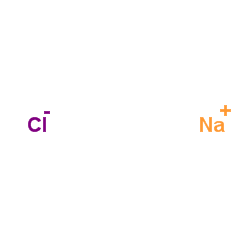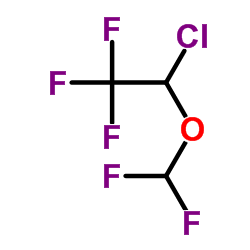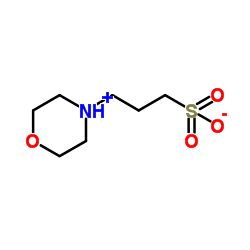| Structure | Name/CAS No. | Articles |
|---|---|---|
 |
sucrose
CAS:57-50-1 |
|
 |
sodium chloride
CAS:7647-14-5 |
|
 |
Potassium
CAS:7440-09-7 |
|
 |
Isoflurane
CAS:26675-46-7 |
|
 |
HEPES
CAS:7365-45-9 |
|
 |
SODIUM CHLORIDE-35 CL
CAS:20510-55-8 |
|
 |
potassium hydride
CAS:7693-26-7 |
|
 |
Triethanolamine
CAS:102-71-6 |
|
 |
Caffeine
CAS:58-08-2 |
|
 |
MOPS
CAS:1132-61-2 |